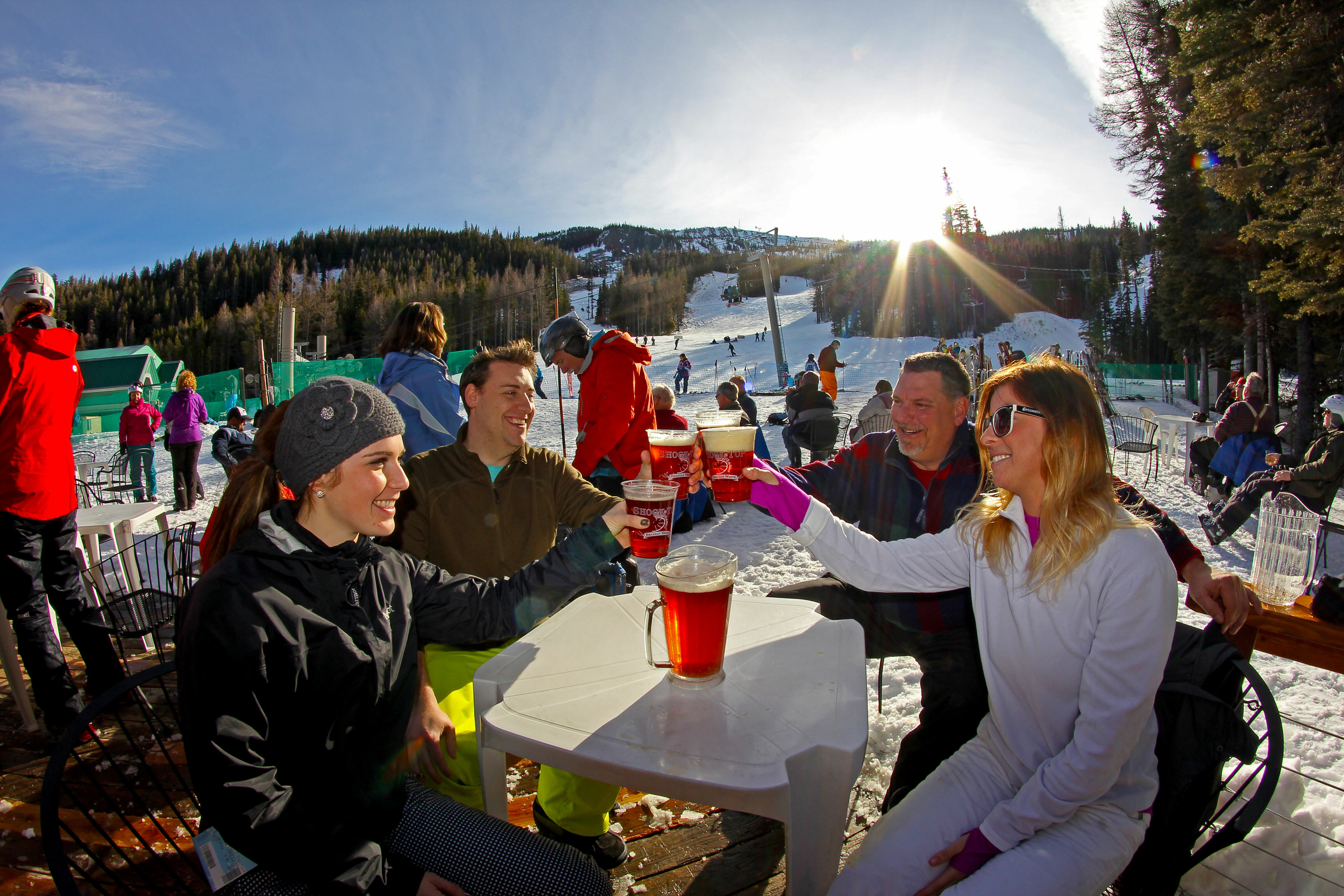How Ski Clubs Made Skiing a Sport

Sahalie Ski Club lodge, 1931.
Image: courtesy John Lundin
Both skiing’s favorite catch phrase and its biggest myth: There are no friends on powder days. In truth, community is—and always has been—both the why and how of snow sports. And long before we were split into skiers and snowboarders, Stevens devotees and Crystal enthusiasts, a different kind of affiliation shaped alpine culture in the Northwest: ski clubs.
“Norwegian immigrants brought their passion for ski jumping with them,” says John Lundin, ski historian and author of a book on local ski history, and Western Washington had a lot of Scandinavian transplants. One club erected a jump in Cle Elum in 1921, another at Snoqualmie Pass. The organizations served as a salute to the old country—and provided rollicking fun during long winters.
Sahalie Ski Club purchased 80 acres near today’s Alpental ski area in 1931, and today some families can trace their membership back generations. “We’re a tight-knit club,” says onetime club president Dave Galvin. “In some ways it’s a time warp when you go up to our lodge.” The organization runs a rope tow and a 14,500-square-foot lodge on their property, where members do everything from wash dishes to operate the tow machinery. At Stevens Pass, Bremerton Ski Cruisers and Everett Ski Club built cabins they still use.
Other factors fed the growing craze; the railways that drove Washington’s crucial timber industry boosted the sport and helped with land and transport, says Lundin. Federal New Deal programs constructed roads and buildings like Oregon’s Timberline Lodge in the 1930s, and the Seattle Post-Intelligencer newspaper sponsored a ski race on Rainier. The first ski area at Snoqualmie Pass was operated by the Seattle Parks Department.

A 1932 Cle Elum Ski Club tournament.
Image: courtesy John Lundin
But it was the clubs that brought the skiers, especially when a similar, more commercial form of organization emerged: independent ski schools. Starting in the 1940s, Snoqualmie Summit owner Webb Moffett welcomed the small businesses to his mountain, counting on them to recruit lift ticket buyers. Today most ski areas allow only in-house instructors on their mountains, though Summit at Snoqualmie still welcomes the groups.
Francine Long, who operated Clancy’s Ski School at Stevens for 35 years, bemoans the loss of a close community of students, graduates, and instructors. They fostered “the camaraderie and the passion that goes with the sport,” she says, and were more affordable than what corporate-owned schools now provide.
Today clubs like Sahalie are an exception. Modern incarnations tend not to have physical lodges and are organized by more than geography—plus they’re a lot larger. Ski the Northwest, a Facebook group 20,000 members strong, shares insider guides to local mountains. Sisters in Action Sports and SheJumps promote women skiers; Edge Outdoors brings people of color into the sport and offers scholarships.
“Basically, skiing started in ski clubs,” says Lundin. The details may have changed, but the social element is still strong. That’s why despite the old saying we do take friends to our secret stashes on powder days.




